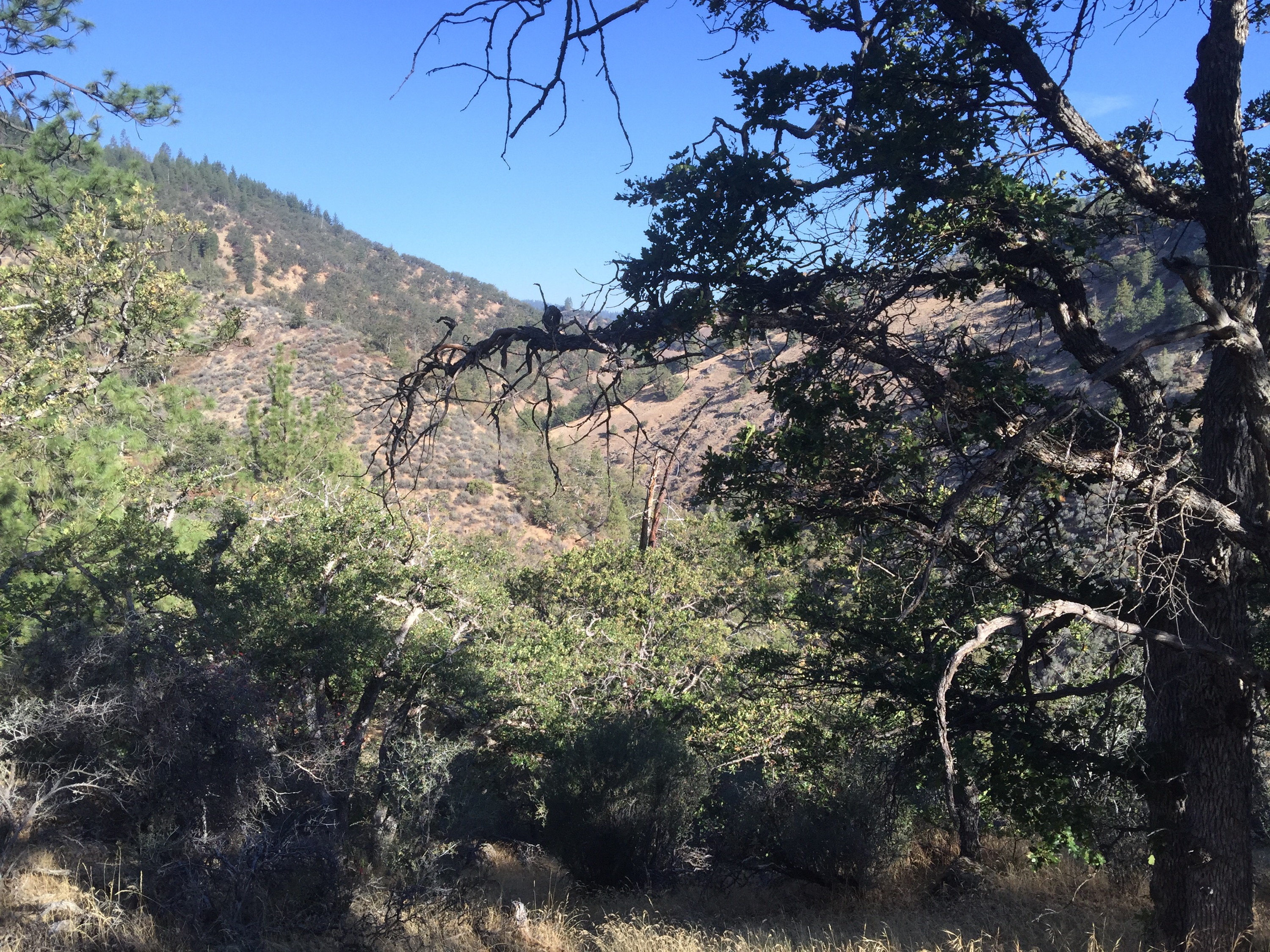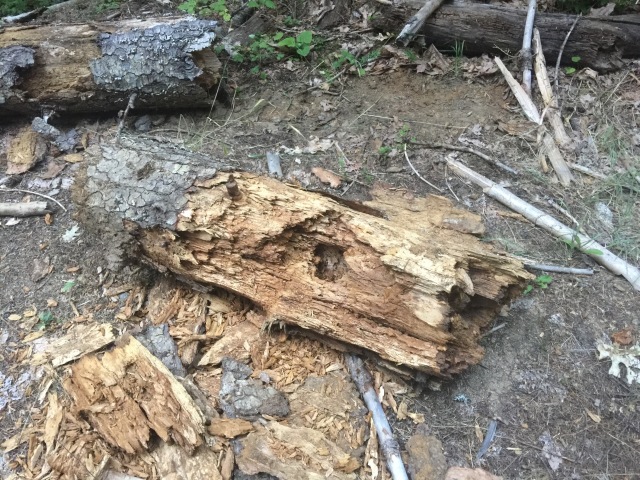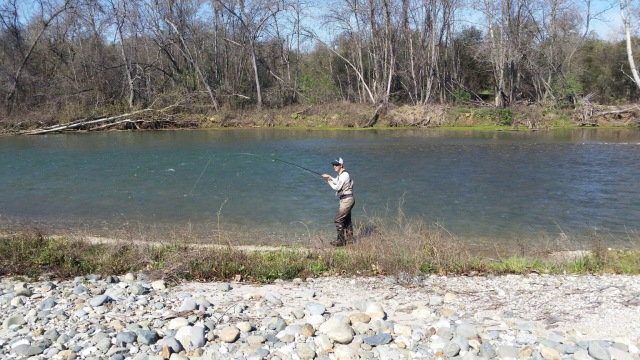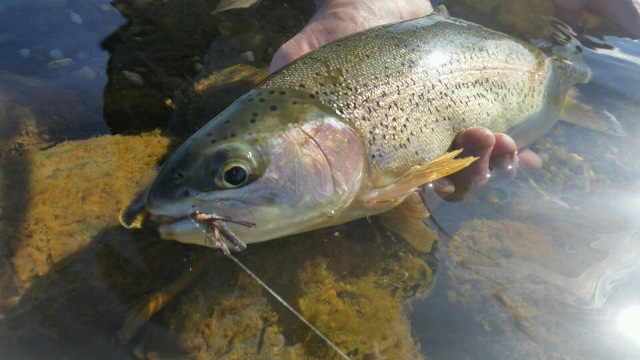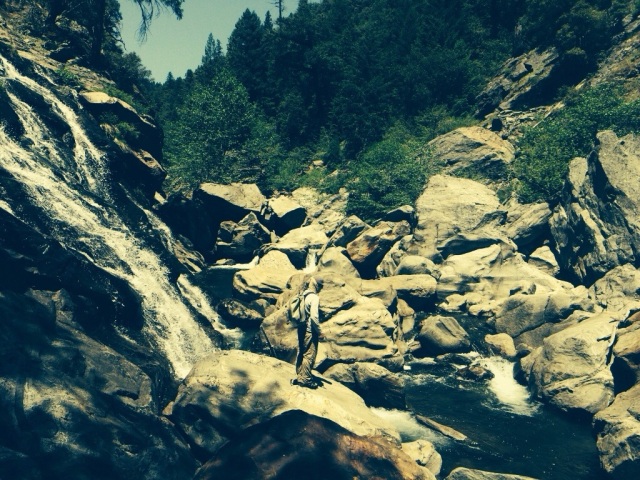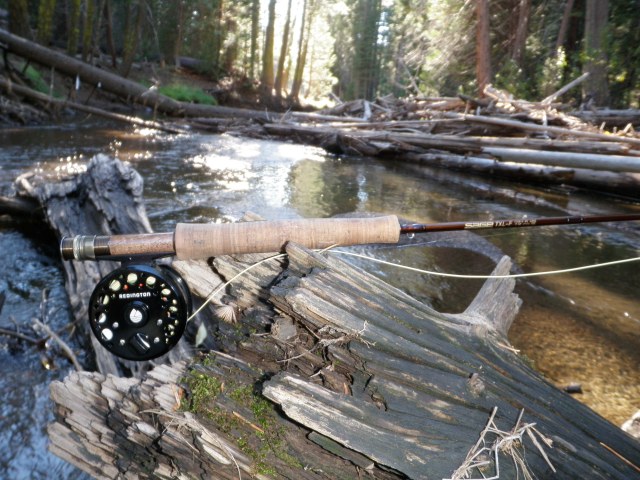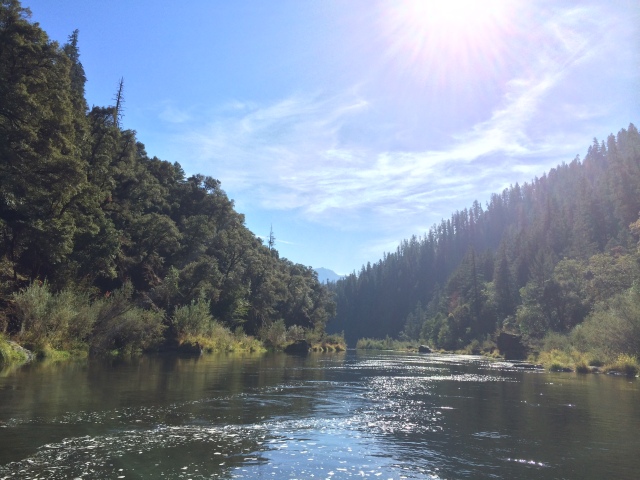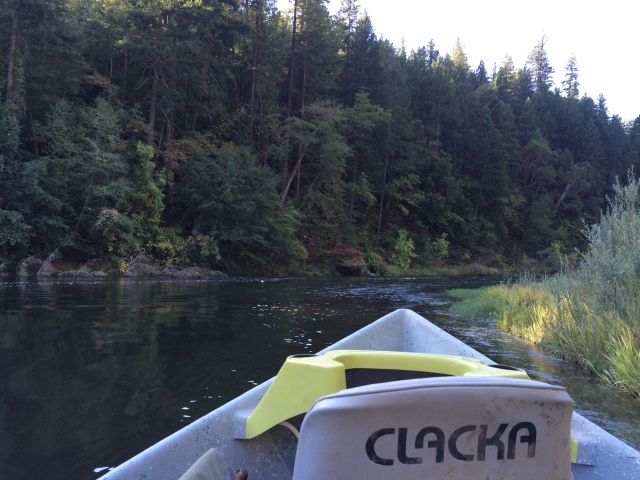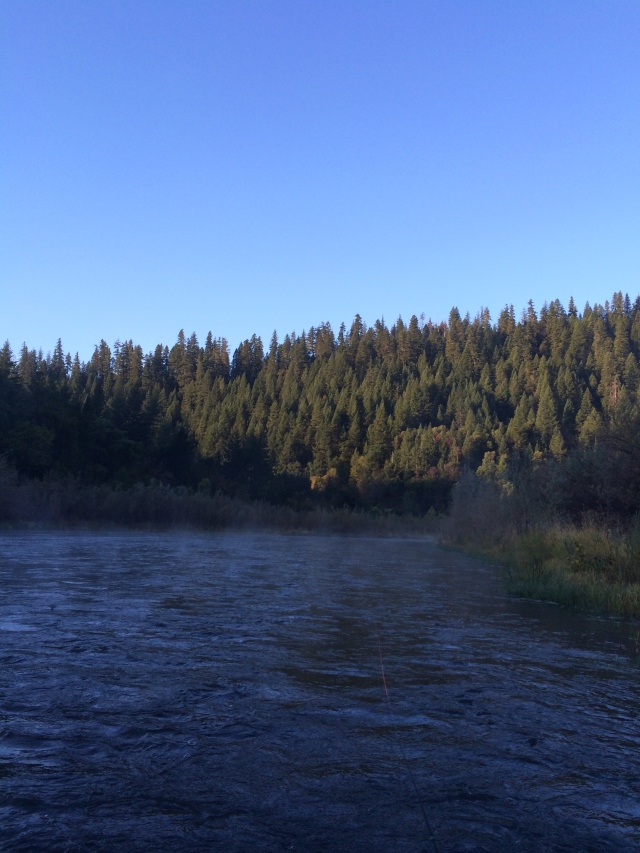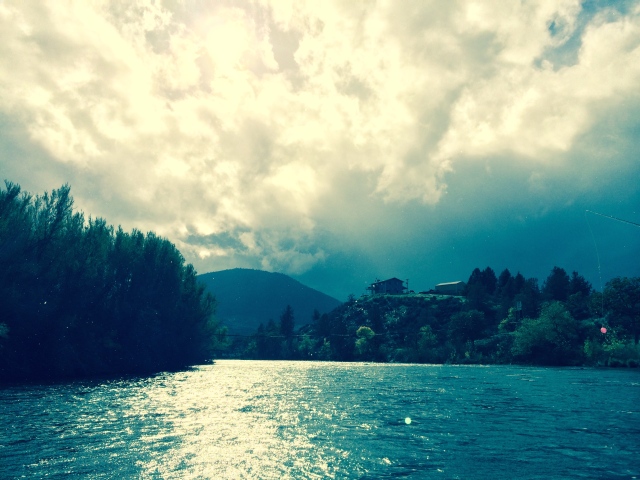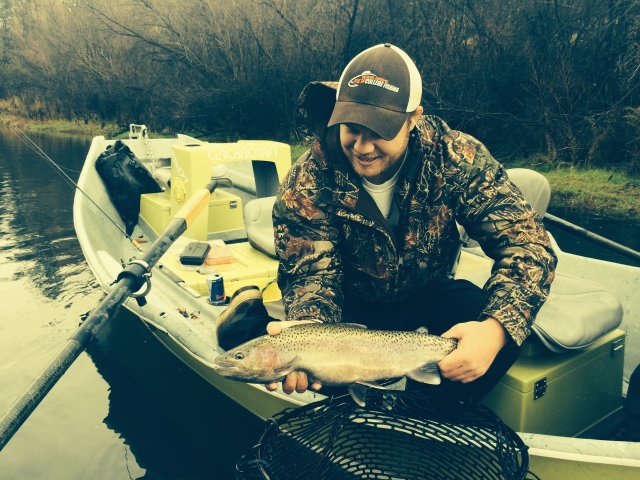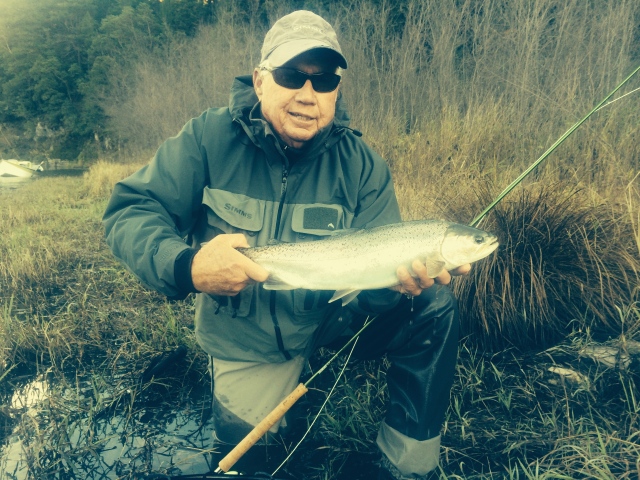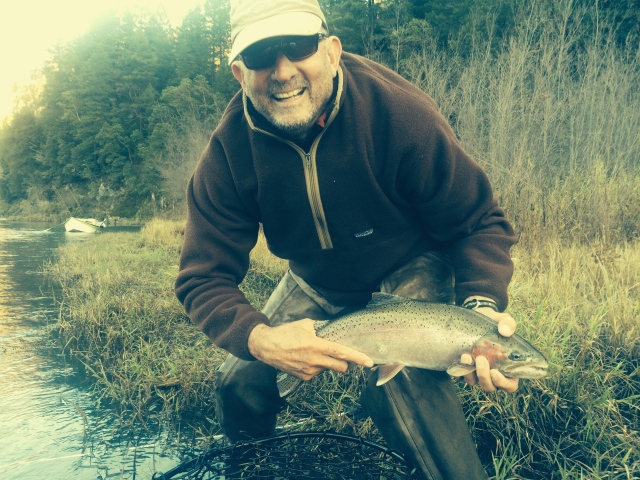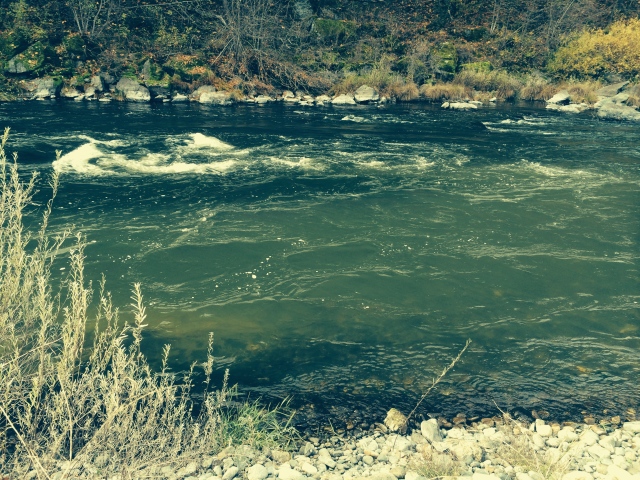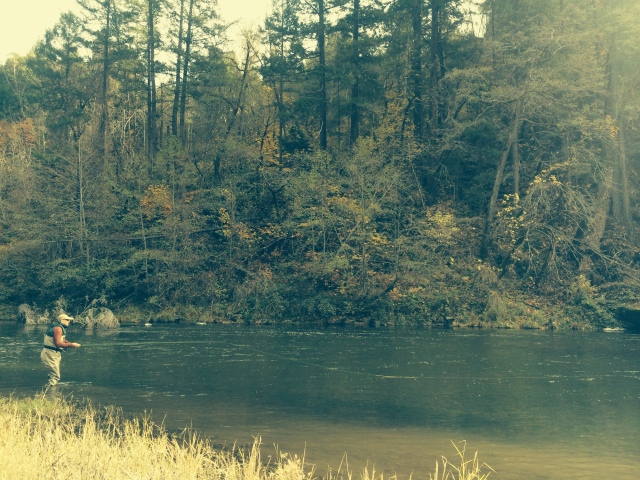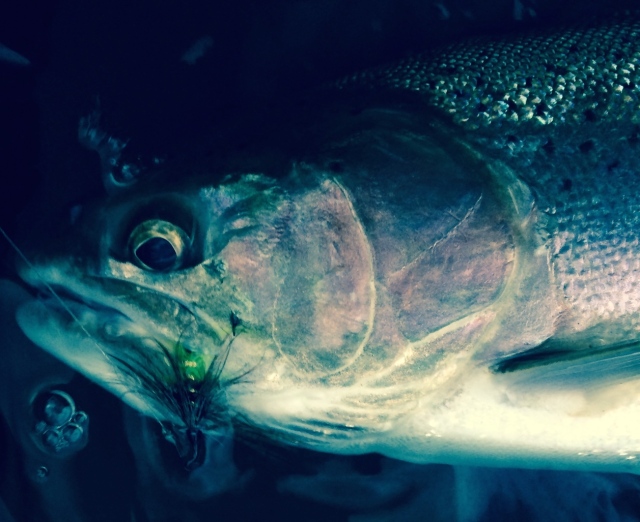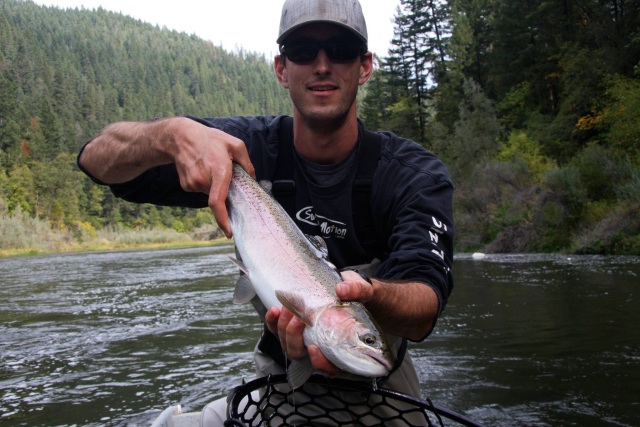Abstract
Wild salmon have a myriad of obstacles to overcome in order to spawn and facilitate their survival. One of the largest problems wild salmon are required to content with is that of dams and the conditions that dams create. This report examines dam removal and its effect on the recovery process of wild salmon. The role of dams, their importance, and the effect that they have on salmon is observed. New studies are examined, and discussed for further clarification on how dam removal affects habitat, the river and the salmon.
Introduction to Dams – Positive/Negative
The United States Army Corps of Engineers has 75,000 dams in the National Inventory of Dams (NID) and the Pacific states of California (1594), Oregon (964) and Washington (798) contain many dams within their borders. Dams have many uses including flood control, the production of cheap energy and irrigation. With all of the functions that they provide, they are very important and an integral part of the infrastructure of the United States. Collectively the many dams create a total 6.4% of the electricity that powers the country (EIA 2012). Between 2005 and 2012, the U.S. alone generated 4.80 x 1030 kilowatt hours of electricity (EIA 2012). One of the most important reasons that dams are present is water storage for use in times of water shortage, an example being the drought California is currently experiencing. Dams provide the storage volume in order to have water available in times such as this. As a result, there are very few rivers left that flow to the ocean without a dam at some point within their course. One such river would be the Smith river in Northern California, which is the largest river in California in terms of its overall flow that runs from its headwaters to the ocean without a barrier (NSBP). In the Columbia and Snake River systems, dams have also been a way to facilitate easy and cheap transportation. Through the lock and dam system present, large barges can move a huge amount of product up and down the course of the river. This provides for cheap transportation, and is one of the only functions that the dams on the Columbia and Snake Rivers provide besides hydropower. Some dams also act as barriers to fish passage. In many cases these dams have completely removed wild salmon from their natural habitat. This has happened due to the elimination of accessibility to spawning areas, the creation of warm water temperatures, habitat degredation and competition from hatchery fish; this combination of conditions can be lethal to a substantial amount of fish. Another issue that has been created by dams is the elimination of the downstream migration of sediment which is trapped behind a dam. Many dams were built with no regard to fish passage, and in that blocked the river off from any fish that would have made their way past previously.One large project was that of the Grand Coulee Dam, which has no fish passage. Due to the fact that there was no consideration given to fish passage, over 1,100 miles of the Columbia River was not only lost to wild salmon and steelhead, but to all migratory fish species (Ortolano, et al. 2000) Examples of local dams that do not allow for fish passage include Irongate Dam on the Klamath River, Folsom and Nimbus Dam on the American River, and Oroville Dam on the Feather River. Each of these dams have completely eliminated any migration upriver, and there are many others like them. The recovery of the salmon and steelhead that return to these rivers is the main focus of this project. The overall goal is to examine and evaluate dam and barrier removal and its ability to assist in salmonid recovery.
Timeline of Decline/Dam Construction
In the early 1900’s, dams were being constructed all over the United States. In 1905, one of the first major reclamation projects involving a dam was began in Southern Oregon and Northern California. The dam was to aid in reclaiming the Klamath River Basin to create a large amount of productive farmland. While a successful project, it was completed at the expense of one of the most prolific salmon runs on the West Coast. The next big push of dam construction, started in 1933 during The Great Depression. People needed jobs and the construction of dams created an industry that provided many. The public works projects such as those of the Columbia River Basin were built even though the effects on the wild salmon were known. Grand Coulee effectively blocked one quarter of the Columbia Basin to migratory fish. Over 1,100 miles of the Columbia river was forever removed from the reach of wild salmon due to the construction of a single dam. The onset of World War II was another blow to many populations of wild salmon, the war effort created a need for more power for the production of weaponry. The creation of more dams to produce that power was a result. The various turbines used to produce electricity were run at full capacity, and salmon were sent through the turbines and killed in high numbers. In this case, the needs of the war effort outweighed the lives of salmon. One of the last steps toward the decline of wild salmon was in 1948, which was a year that brought widespread flooding. These floods were extremely destructive, and with that politicians spurred the construction of dams to protect human lives and property. In this case, human interests won out over those of fish. Many dams were constructed throughout the Western United States as a result of this. Many of these dams were created with no regard given to fish passage . The creation of the air conditioner in 1960 is another factor that contributed to the push to build additional dams. This created a larger demand for energy on its own, as well as facilitating the construction of homes in areas that were previously undesirable due to climate. This increased the demand for energy produced by hydropower further. (Lackey, 2008) All of these factors contributed to create many dams that would damage the wild salmon. A solution was needed in order to maintain the dwindling runs of fish, and that for many years was to build a hatchery below the lowermost dam.
Hatcheries as a Band-aid
For migratory fish the ability to access their spawning habitat is crucial. In some dammed river systems, many miles of main stem river and tributaries are cut off from access by wild salmon. In the Columbia River system, dams have blocked more than 40 percent of what was once salmon-bearing a habitat. In these dammed rivers with no existing fish passage, the removal of the dam or addition of a fish passage system is the only option in order to recover the resident populations. Historically, once a dam was built and upstream fish passage was eliminated the mitigation process was simple. This process was to construct a fish hatchery in order to rear fish that would compensate for the loss of the fish that would have been spawning upstream of the dam site. Hatchery fish are simply not the same as wild fish. According to the United States Fish and Wildlife Service, the many years of raising generations of fish in hatcheries where they are not exposed to the normal stresses of being wild, there have been adaptations to the fish raised in those hatcheries. The rigors wild fish must undergo to survive during their early life stages makes it so that the wild fish are more often able to spawn. Of all the fish released from a hatchery, between 1% and 2% will survive to return and spawn. (Bradford 1995) Using hatchery fish as a band-aid to the issue of the decline does not solve the problem. It is a temporary and ineffective method that hides the issue, rather than healing it. The issue of “hatchery vs. wild” is one that in the last decade has been a topic of much discussion, and has even ended up in the court system. In June of 2009, Oregon State University released a study regarding the fitness of wild steelhead as compared to hatchery steelhead, and their overall findings were that more offspring from wild steelhead survived to adulthood as compared to those coming from a hatchery (OSU,2009). All that hatchery fish accomplish within a river is to hide the overall problem of the decline of wild fish, which is largely created by the presence of dams and the lack of fish passage. While this is a slight digression from the direct topic of this report, it is important to discuss because hatcheries have long been the main option to maintain numbers of fish in rivers. (Rand et al. 2013)
Pacific States Marine Fisheries Commission Decline Factors
A list was compiled by the Pacific States Marine Fisheries Commission (PSMFC) of various factors that have contributed to the decline of salmon. Included in the list is the loss of streamside vegetation and functions, stream straightening and channelizing, habitat loss, decreased amount of large woody debris, abnormal temperatures, lack of screening over diversions, reduced numbers of adults reaching their spawning grounds and barriers to migration. The loss of the riparian zone and its functions is extremely damaging to a river’s system. The cause of a large amount of riparian zone degradation is from the alteration of natural flow regimes below a dam, and the rise of water levels behind dams. One of the only effective ways to restore a riparian zone when it has been degraded is to reestablish the natural flow regime (Goodwin et al.1997). The most effective way to accomplish this would be the complete removal of the dam causing the problem. While dam removal is the best option for this restoration, it is not always the easiest process to acheive. The solution when dam removal is not practical, has been the creation of what is called a pulse flow, which is designed to simulate the natural flood cycle of a river. The loss of habitat is a major contributing issue to the decline of wild salmon. Two factors that have had a large impact regarding habitat loss are that of stream straightening and channelizing, and habitat destruction. Straightening and channelizing a stream causes extreme habitat degradation. It is so destructive that in dredged areas of a river the observed biomass of fish was 80% less than in the un-dredged areas of the same river. This loss in biomass and diversity can be attributed to the loss of habitat (pools, riffles), greater variance in temperature and abnormal deposits of sediment. Channelizing and straightening has occurred in many dammed rivers that host wild salmon. Dredging is so damaging to the streambed that in some cases a river will not show even moderate recovery up to four decades after the dredging. (Brooker, 1985) Habitat loss can be broken into a few categories which are as follows: habitat destruction; habitat fragmentation; and, habitat degradation. Habitat destruction is a direct result of a dam’s presence. When a dam is built, there is massive destruction not only during the initial construction, but from then on as the dam operates. The destruction is caused by the flooding of the area upstream of the dam, altered flow regime, channelization, the creation of warmer water temperatures and many other factors. Damming a stream also results massive amount of habitat fragmentation. Each dam acts as an individual barrier, and therein “fragments” the habitat by breaking the river down into smaller individual sections. This directly affects salmon in that they can no longer reach their spawning areas. The Columbia River demonstrates this; its habitat has been fragmented to such an extent that over 40% of the river is no longer accessible to salmon and other migratory fish. Dams also directly degrade the habitat of the rivers that they regulate. Factors that contribute to habitat degradation include the creation of reservoirs that cause temperature fluctuations which native species cannot tolerate, channelization, over pumping, storm water, industrial and agricultural runoff, as well as the increase of pollutants in a river. (Ortolano et al. 2013) Juvenile salmon utilize large woody debris and deep pools as cover from predators, and refuge from current. Adult salmon also use this structure as a relief from the full power of the river. On Elk Creek in Oregon, a treatment was done on a degraded stream which included the placement of large logs in the channel. When this structure was added, summer salmon habitat increased five times over its previous level and winter habitat for salmon increased six times over its pre-treatment levels. In the area of the river that no treatment was done, summer habitat decreased by half, and there was no winter habitat present (Crispin et al. 1993). Dammed rivers have very altered flow regimes and largely different flood patterns. These cycles of very high water are what place the large woody debris in the streambed, and in areas that are dam regulated the natural cycles have been interrupted. Abnormal temperatures have become an issue in impoundments such as those of the Columbia River system. The large slow moving areas of the river backed up behind the many dams act as reservoirs and heat sinks along the river’s path. Over time these areas collect sediment and lose depth. The decrease in overall depth, along with the increased surface area of the reservoirs produces less than favorable temperatures for salmonids, and ideal conditions for non-native and invasive species. Many of these invasive species act as efficient predators of salmon creating another obstacle to salmonid survivability. (Caudill et al. 2013) The lack of screening on water diversions and canals has become a problem which leads to the death of many fish. Not only are juvenile fish sucked into water diversions, but eggs and fully grown adults are as well. The actual number of fish killed by unscreened diversions and canals is not known, but there are several studies currently underway to answer that question. Once taken into a diversion, the fish generally do not survive. Along with a total lack of screening on some diversions, existing screens that are inadequate also present problems to wild salmon. (Moyle & White, 2002) Due to dams and other barriers, it is much more difficult for fish to reach their spawning grounds. In the Columbia River fish have lost access to 40% of their habitat (Caudill et al. 2013). This loss of nearly half the overall spawning habitat on the river removes 40% of the salmon that were historically present. One of the most basic requirements for salmon to be able to proliferate is for them to be able to access the habitat in which they require to spawn. Fish ladders have been the preferred tool to assist upstream migration through dams, but they are not always the most effective solution. These barriers include dams, diversions, and weirs. Anything that physically blocks the upstream movement of salmon to their spawning grounds needs to be removed if recovery is a goal. Access to spawning grounds is imperative for wild salmon.
Dam Removal
Dams without a doubt have had an impact on wild salmon, and this presents the question of; if dam removal actually aids in the recovery of wild salmon? Recently researchers at Oregon State University conducted a study regarding post dam removal recovery on two Oregon rivers. Their findings were very interesting being that they discovered rivers recover quickly after a dam is removed. The initial period after the disturbance of dam removal has always been a topic of much interest and debate. This pointed out some key features when examining if dam removal helps salmon and other anadromous fish. What this study demonstrated was the fact that shortly after the dams were removed, the ecological recovery of the rivers was very rapid. The initial disturbance from the removal of the dams was undetectable after two years from the beginning of the project. The quick recovery of the rivers involved in this study is a very important discovery because it may open up conversation further into the topic of dam removal, and in more places. Previous to the release of the study, an issue that was brought up with regularity in relation to dam removal was if a river can recover from a dam removal, and if so how quickly. This study answered that question and will be extremely useful for those looking into dam removal. When considering wild salmon recovery as a result of dam removal, one requires the other. Wild salmon need barriers removed in order to have an intact habitat. To recover any species, the habitat it requires must first be fixed, or in the case of dams, it must be freed. (Tullos et al. 2014)
American Rivers – Ecology of Dam Removal
American Rivers, a non-profit organization based in Washington, D.C., released a report in 2002 that went in depth regarding the benefits and impacts to an ecosystem as a result of dam removal. The overall benefit of dam removal proved that it was an effective tool for river restoration. They evaluated this by monitoring water quality, sediment transport, and biological productivity. Some keys in the ecology of dam removal were identified, the reestablishment of a natural flow regime, transformation from reservoir to river system, change in river temperatures and oxygen levels, sediment release and transport, and migration of fish and other organisms. The natural flow regime of a river as compared to the artificial flow regime of a river created by a dam is very different. While a river’s flow depends on rainfall, snowpack, and temperature among other factors, releases from dams are very different. These releases, rather than following normal flow regimes as dictated by nature, are designed to cater to human needs, such as hydroelectricity, recreation, water supply and navigation. In many places this has caused species that would not normally thrive, to expand their population rapidly. Diversity has been reduced to the species that can live in the artificial flows. Research gave light to the fact that the restoration of natural flow and the density of native aquatic species was correlated. After completion of the dam removal, the species diversity rose from 34 to 61, nearly twice the diversity before the dam was removed. This example is not specifically connected to salmonids, but when examining the results of dam removals, it is extremely relevant. Directly related to wild salmon, coastal rivers show positive effects from dam removal. The natural flow regime of tidal surge and rivers rising in relation with precipitation aides salmon in traveling from estuaries and the ocean, into the spawning habitat upriver. The removal of dams on coastal rivers enhances spawning success for species that utilize tide and surges in flow from rivers. Once a river is dammed and converted into a reservoir, the natural course of a river is completely impeded. What was once a flowing river, is then a lake. These impoundments create many issues, including rising water temperatures, and habitat for species that normally would not fit in the ecosystem. The removal of a dam restores what was the natural run of the river, eliminates issues with water temperatures created by larger water surface area, and slower moving water as a result of sediment problems. Sedimentation is a large problem for dammed rivers. Dams act as a barrier to the downstream movement of sediment and over time the impoundment will fill in with the blocked sediment. The downstream migration of sediment is very important in a river’s system because it alters habitat. It can affect habitat in ways such as the exposure of substrate that was previously buried in mud or fine silts. This area can then be utilized by macro invertebrates, as well as fish during spawning. Just recently the Glines Canyon dam was removed. The removal of sediment migration down the course of the Elwha River has even caused beach erosion. The sediment that normally would have been concentrated on the shoreline, simply could no longer migrate down river. The removal of the dam, and consequent transport of sediment will likely aid in this issue. The overall findings of the study show that dam removal is a good option to restore a river system, but each and every dam removal is different, as no two rivers are exactly the same.
Conclusion
Dam removal in areas with barriers to fish passage is the most effective way to aid in the recovery of wild salmon. To recover a species the habitat must be recovered first, and dam removal is the first step toward the recovery of a river. Until recently, dams were being built, now dams are being removed. The Rogue River, Sandy River, Elwha River, Cox Creek, Corral Creek are all waters within Oregon and Washington that are salmon-bearing waters. All of these waters have had a dam removal within the last five years. Currently, the Klamath River is slated to become free-flowing. This river once hosted one of the most prolific salmon and steelhead runs in the world. There are four dams to be removed by the year 2020. Once these dams are removed over 300 miles of what was once prime salmon spawning habitat will be reconnected. The process on the Klamath will be long and drawn out, but it will possibly fully open the door to more dam removals, and in that the recovery of wild salmon and their habitat.


